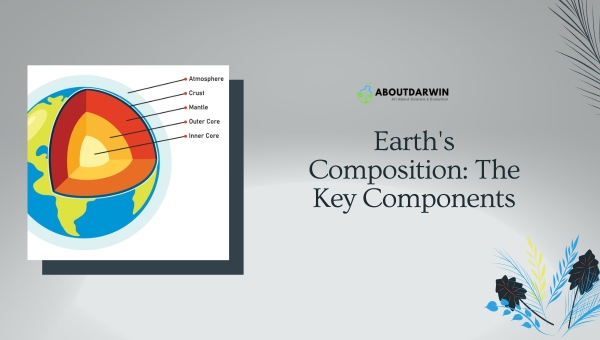Physical Address
304 North Cardinal St.
Dorchester Center, MA 02124
Every day, I walk on this incredible planet we call Earth without considering its composition. Yet, the Earth’s unique properties and characteristics play a crucial role in the formation and sustenance of life. In this article, we’ll delve into the density of Earth and explore the fascinating layers and elements that make up our home.
It’s important to understand that our planet comprises several distinct layers to grasp the complexity of Earth’s density. These layers include the core, mantle, and crust, each with varying densities and compositions. How these layers interact with one another has a significant impact on the planet’s geological activity, magnetic field, and our daily lives.
From the innermost core to the outer crust, Earth’s varying densities and elemental makeup create a diverse mosaic that continuously shapes our planet. By understanding the Earth’s density, we can gain vital insights into its formation, geology, and our place within this vast universe.
The Earth’s composition has always intrigued scientists and researchers. Below, I’ll discuss the key components that make up the Earth and their distribution within this fascinating planet.

The Earth’s crust is the thin, outermost layer that we live on.
There are two types of crust –
The oceanic crust lies beneath the ocean floors, while the thicker continental crust forms the continents. The crust is predominantly made of the following elements:
Beneath the crust is the mantle, which accounts for around 84% of Earth’s volume. The mantle consists of three main layers: upper, transition zone, and lower mantle. Its primary constituents are solid rocks rich in:
These rocks can transform into a semi-solid, plastic-like state under high pressure and temperature, allowing the mantle to convect, with hotter materials rising and cooler ones sinking.
At the center of the Earth lies the core. Divided into two parts – the outer core and the inner core – this region is mostly composed of iron (around 84.5%) and nickel (around 15.5%), with trace amounts of other elements such as sulfur and oxygen.
The table below summarizes the percentages of Earth’s major layers and their main elements:
| Layer | Percentage of Earth’s Volume | Main Elements |
|---|---|---|
| Crust | Approximately 1% | Oxygen, Silicon, Aluminum, Iron, Calcium, Sodium, Potassium |
| Mantle | Approximately 84% | Magnesium, Iron, Silicon, Oxygen |
| Core | Approximately 15% | Iron, Nickel |
Understanding the Earth’s composition is crucial in studying its geological processes, such as plate tectonics, volcanic activity, and earthquakes. Unraveling the mysteries of our planet’s inner workings remains a fascinating and rewarding area of research for scientists across the globe.
10 Asthenosphere Facts: Exploring the Earth’s Mysterious Layer
Considering the information presented, it’s evident that Earth’s composition significantly impacts its overall density. Delving further into the components that make up our planet will enable us to understand precisely what Earth is made of.
Various layers of the Earth contribute to its total density, including the crust, upper mantle, lower mantle, outer core, and inner core. Each layer consists of different elements, which characterize their distinct properties:
While analyzing Earth’s density, we must consider several key factors. The average density of Earth is approximately 5.52 g/cm³, while its overall volume weighs in at an estimated 1 trillion metric tons. Differentiating Earth’s layers based on density highlights their unique compositions and helps explain the distribution of various elements throughout the planet.
Through ongoing exploration and research, we’ll continue to uncover more fascinating details about Earth’s density and the materials that constitute our remarkable planet. This knowledge is crucial for understanding geological processes and predicting natural occurrences, ultimately shaping our collective perspective on Earth’s formation and evolution.